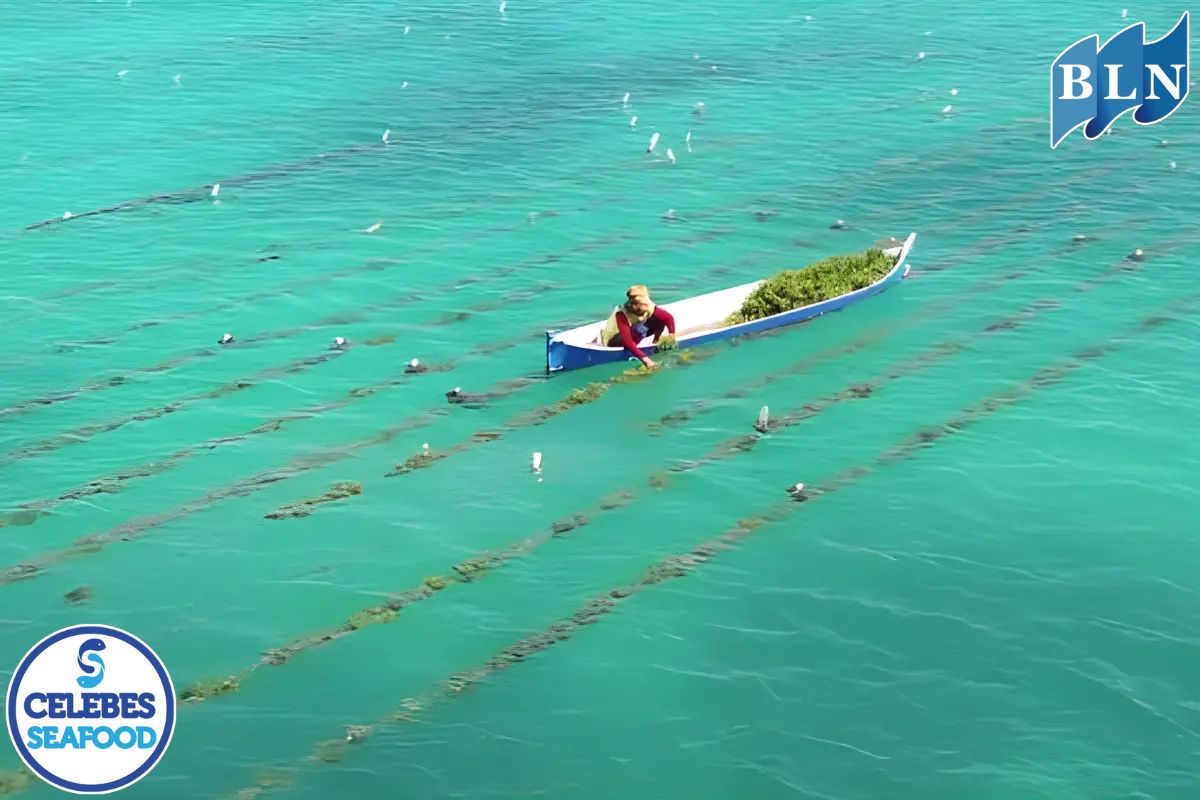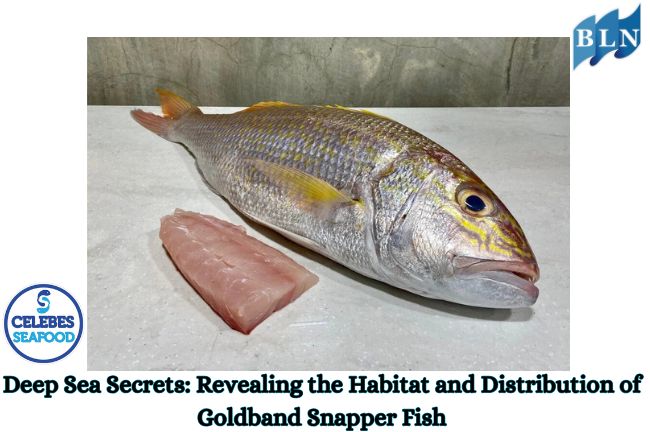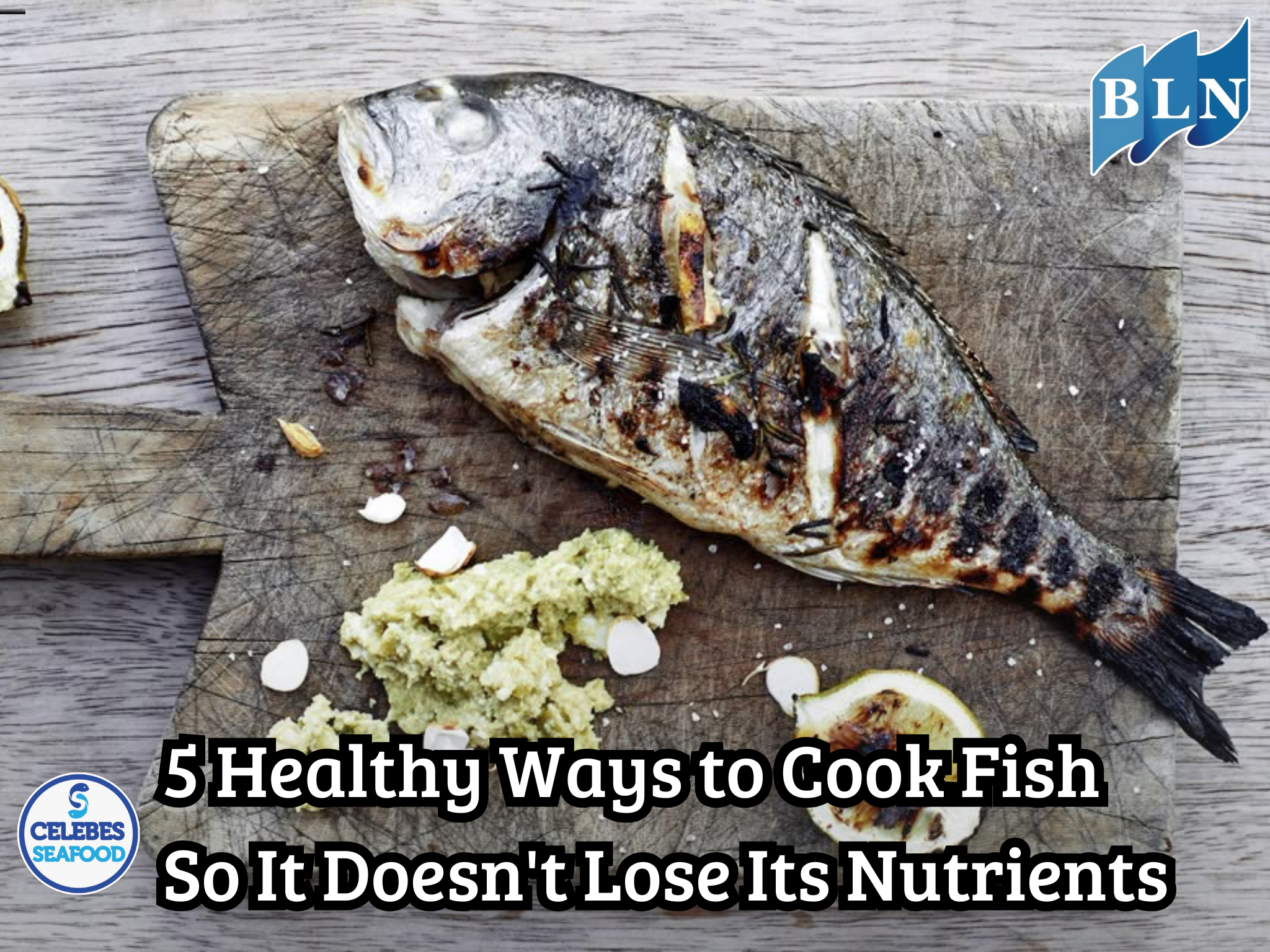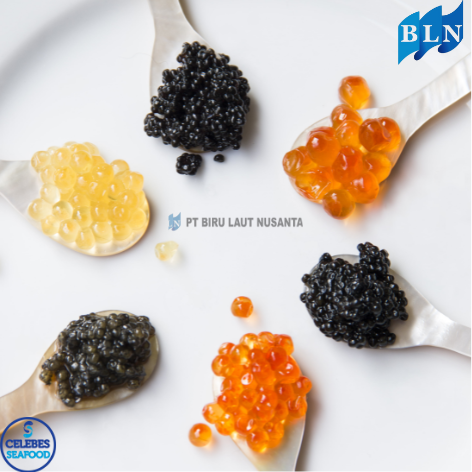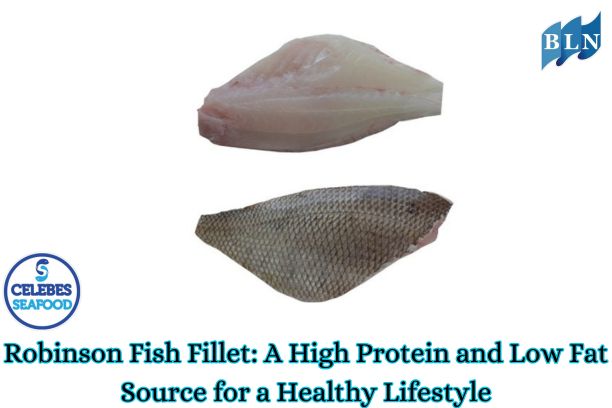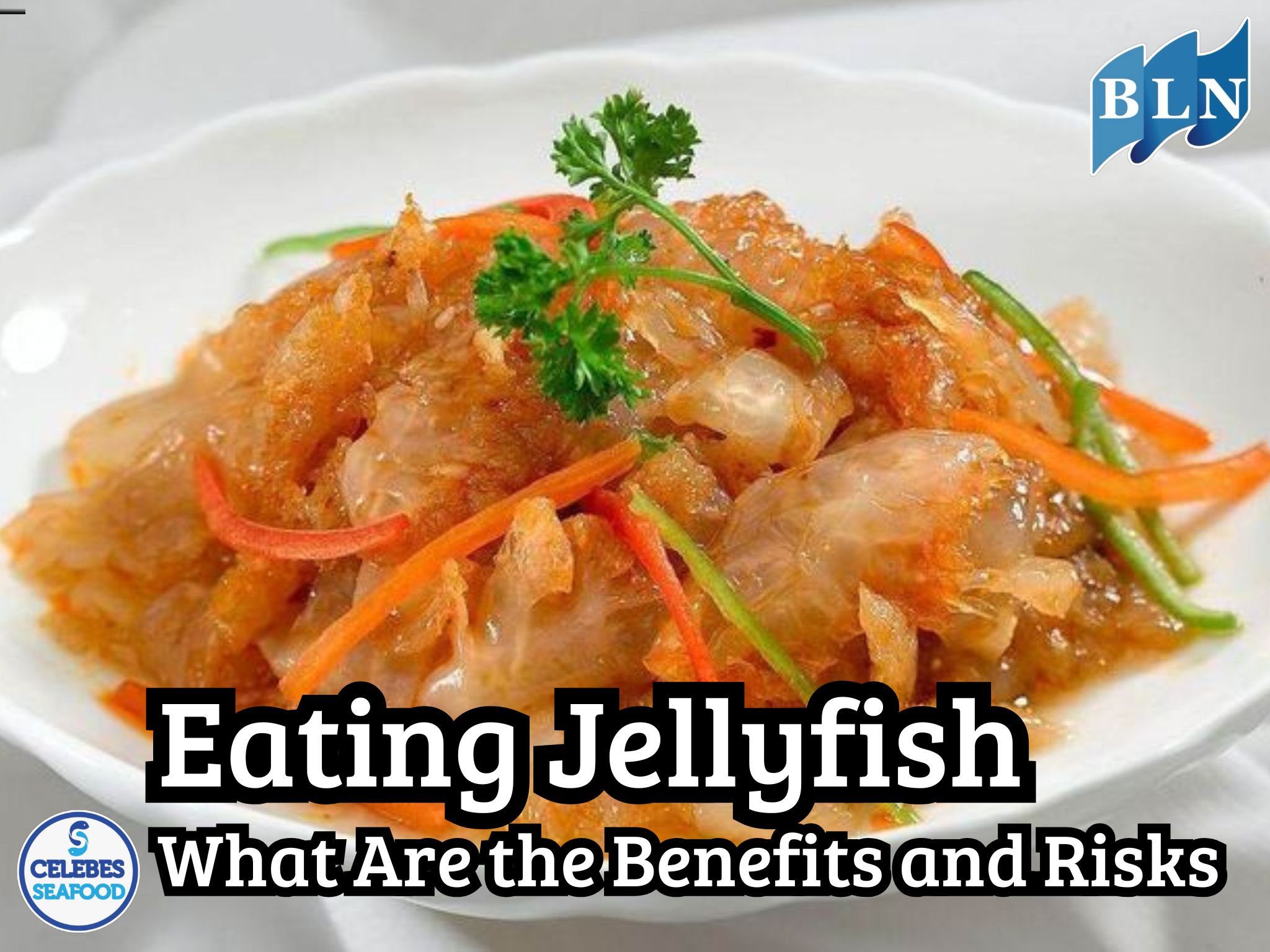Venomous and Poisonous Sea Creatures You Should Avoid
By. Nindi - 19 Mar 2025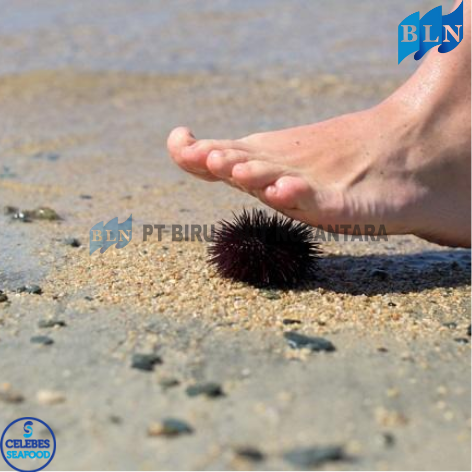
lautnusantara.com The ocean is home to a wide variety of marine life, some of which possess venom or toxins that can pose serious dangers to humans. While these creatures play vital roles in their ecosystems, encountering them without caution can lead to painful or even life-threatening consequences. Below are some of the most venomous and poisonous sea creatures you should avoid.
1. Box Jellyfish (Chironex fleckeri)
One of the most dangerous marine creatures, the box jellyfish is known for its nearly invisible tentacles, which contain venomous stingers. Found primarily in the waters of Australia and Southeast Asia, its venom attacks the heart, nervous system, and skin cells. Stings from a box jellyfish can cause excruciating pain, paralysis, and even death within minutes if not treated immediately.
2. Stonefish (Synanceia)
The stonefish is the most venomous fish in the world. Camouflaged to look like a rock, it can be found in shallow coastal waters and coral reefs. Its dorsal spines inject potent venom when stepped on, causing intense pain, swelling, tissue death, and even fatal cardiovascular complications if untreated.
3. Blue-Ringed Octopus (Hapalochlaena)
Despite its small size and beautiful blue rings, the blue-ringed octopus carries a deadly neurotoxin called tetrodotoxin, which can cause paralysis and respiratory failure in humans. Found in tide pools and shallow waters of the Pacific and Indian Oceans, this tiny but deadly octopus should never be handled.
4. Cone Snail (Conus)
Cone snails may appear harmless, but they are equipped with a harpoon-like tooth that injects venom into their prey. The venom, known as conotoxin, can cause muscle paralysis, respiratory failure, and even death in severe cases. Found in tropical waters, cone snails should be admired from a distance.
5. Pufferfish (Tetraodontidae)
Pufferfish are not venomous but are highly poisonous if consumed improperly. They contain tetrodotoxin, a powerful toxin that can cause numbness, paralysis, and death by asphyxiation. Despite this, pufferfish is a delicacy in Japan, where specially trained chefs prepare it to ensure safety.
6. Lionfish (Pterois)
Lionfish are known for their striking appearance, but their spines contain venom that causes extreme pain, swelling, nausea, and breathing difficulties. Found in warm waters, lionfish are invasive in some regions, posing ecological threats alongside their venomous nature.
7. Sea Urchins (Diadema and others)
While most sea urchins are harmless, some species possess venomous spines that can cause pain, inflammation, and infection. Stepping on a venomous sea urchin can lead to severe discomfort and difficulty walking.
8. Portuguese Man O’ War (Physalia physalis)
Often mistaken for a jellyfish, the Portuguese Man O’ War is a siphonophore with long tentacles containing venomous nematocysts. Stings cause intense pain, welts, and in rare cases, breathing difficulties and heart complications.
While the ocean is filled with beauty and wonder, it is essential to be aware of the dangers posed by venomous and poisonous sea creatures. Avoid touching unfamiliar marine life, wear protective footwear in shallow waters, and seek immediate medical attention if stung or bitten. By respecting these creatures and their habitats, we can enjoy the sea safely.
If you are interested in our product KING FISH STEAK, Coral Trout Fillet Skin On,OCTOPUS WHOLE CLEANED FLOWER TYPE please do not hesitate to contact us through email and/or whatsapp.
